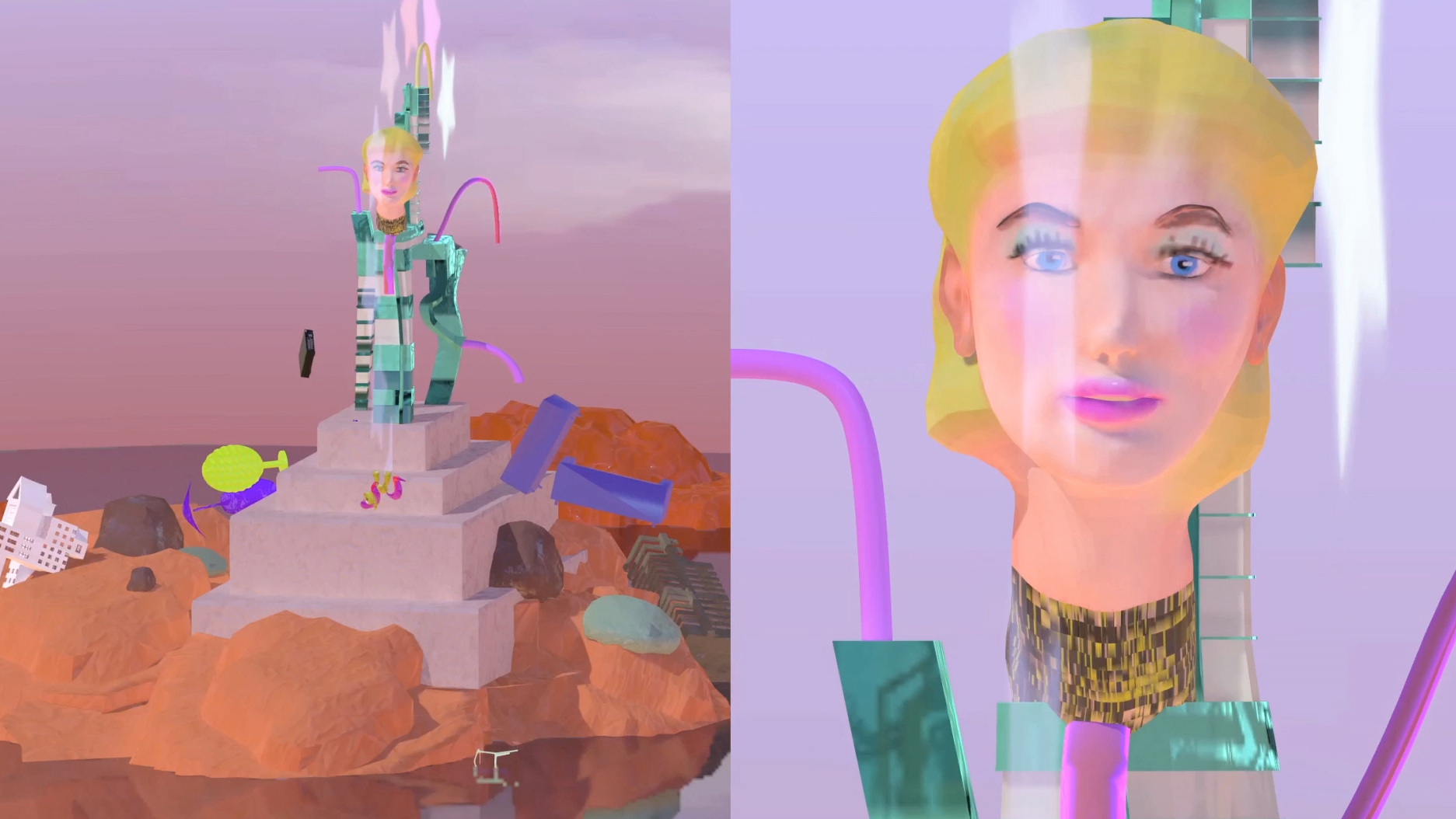Tying software and hardware together through art
The O'Reilly Solid Podcast: Andy Cavatorta and Jamie Zigelbaum on art that combines physical and digital.
 Katie Torn, detail from Dream House (source: Katie Torn)
Katie Torn, detail from Dream House (source: Katie Torn)
One of the theses behind our Solid Conference is that the stacks — the ranges of knowledge that technologists need to understand — are expanding so that the formerly separate disciplines of hardware and software are merging. Specific expertise is still critical, but the future lies in systems that integrate physical and virtual, and developing those effectively requires the ability to understand both sides at some basic level.
Installation art is a great place to look for those seamless integrations, and we’re excited to feature a couple of interesting installations at Solid. Our latest episode of the Solid Podcast takes us to Flatbush Avenue in Brooklyn, home to a collective of designers and engineers called Dark Matter Manufacturing, where David Cranor and I spoke with Andy Cavatorta and Jamie Zigelbaum. Cavatorta and Zigelbaum both create installations; Cavatorta works with sound and robotics, and Zigelbaum’s projects explore communication and interaction.
Cavatorta’s Dervishes installation will appear at O’Reilly Solid, June 23-25. He will also speak on “Music, machines, and meaning: What art teaches us about robotics and networks.”
A few links:
- Easley Blackwood, a composer of “microtonal” music, including pieces written for 13-note and 16-note scales
- Rick Isaacs’ keynote talk at Solid 2014 on the return to mechanical-action pipe organs
- Thaddeus Cahill’s Telharmonium
- Orchestrions were popular around the turn of the 20th century, before recorded music made them obsolete. Some were able to play violins mechanically, using one violin for each string and a circular bow.
- Carl Bass’s talk from Solid 2014, in which he pointed out that one second of computing time on a thousand machines is now almost as cheap as a thousand seconds on one machine
- CRISPRs, or clustered regularly interspaced short palindromic repeats, are exploited in a new and very powerful method for editing genes
- Katie Torn, a video artist who works with a combination of real and computer-generated video
- Mark Weiser, a computer scientist at PARC, predicted that interfaces would eventually be characterized as pads, tabs, and boards
- John Underkoffler, CEO of Oblong, developed the data interface featured in Minority Report. He’ll give a keynote talk at Solid San Francisco in June.
The Solid Podcast is hosted by Jon Bruner and David Cranor, and focuses on the people, ideas, and technology that we feature at the O’Reilly Solid Conference. Episodes are edited by Brian Burge, with closing music by Thaddeus Bromstrup.
